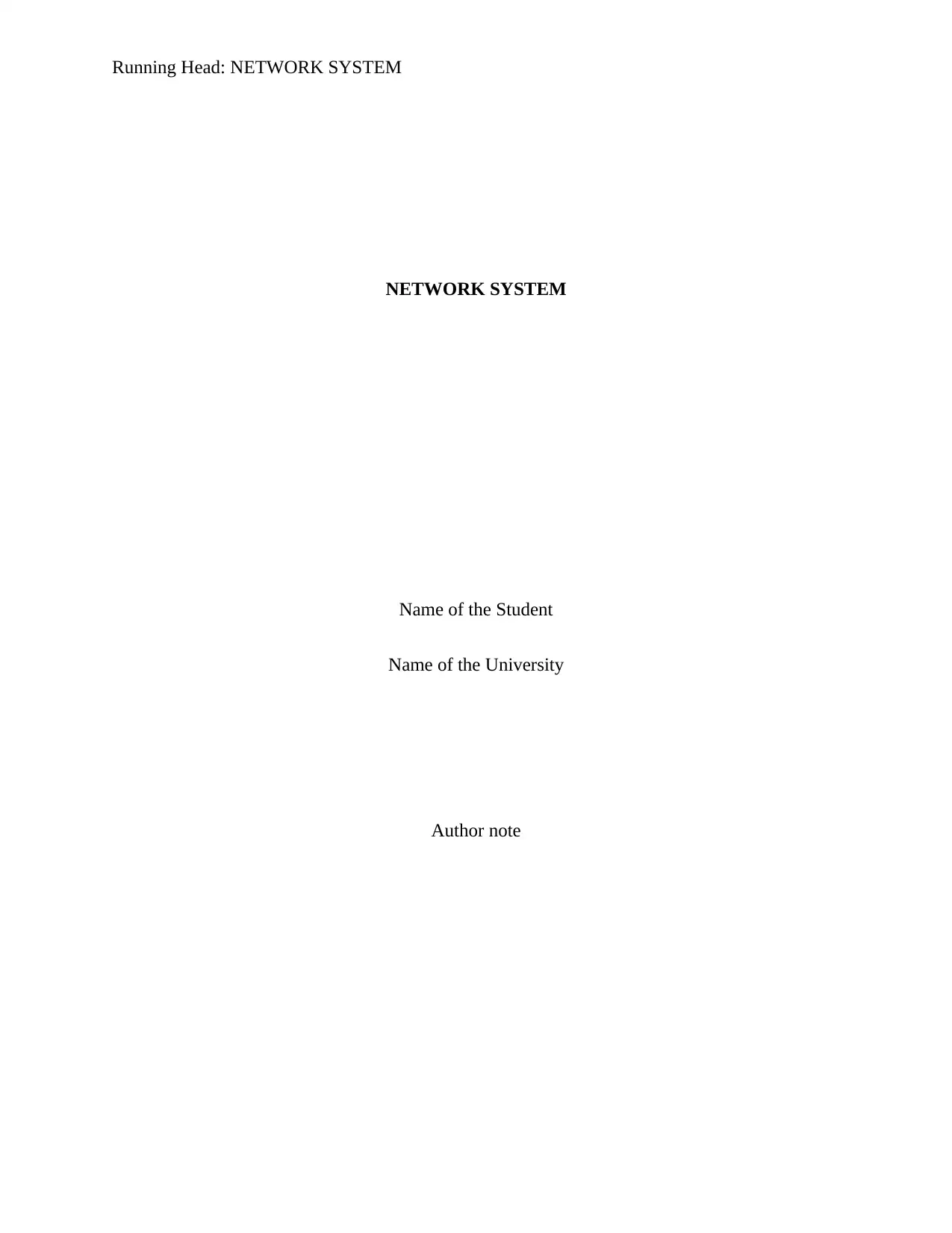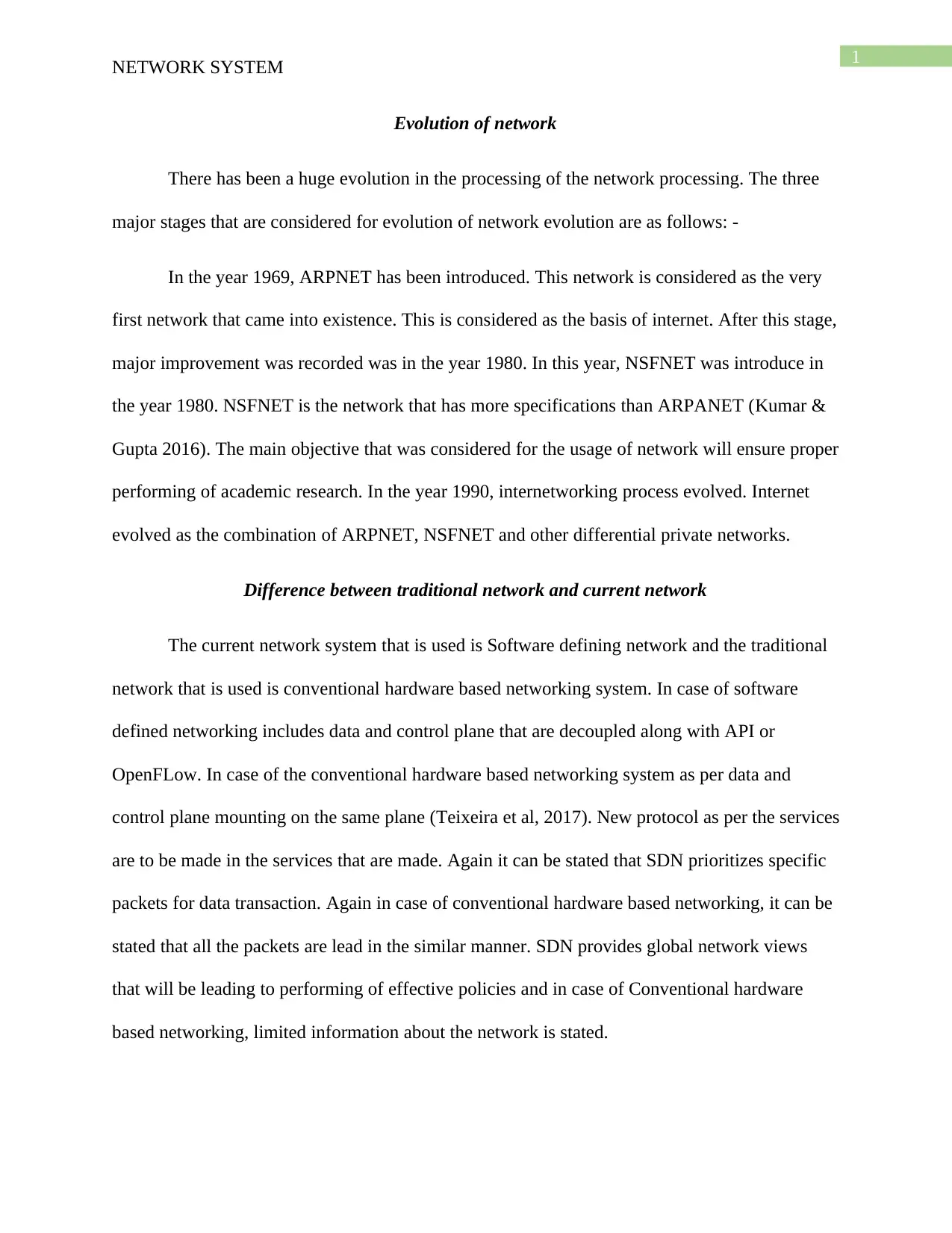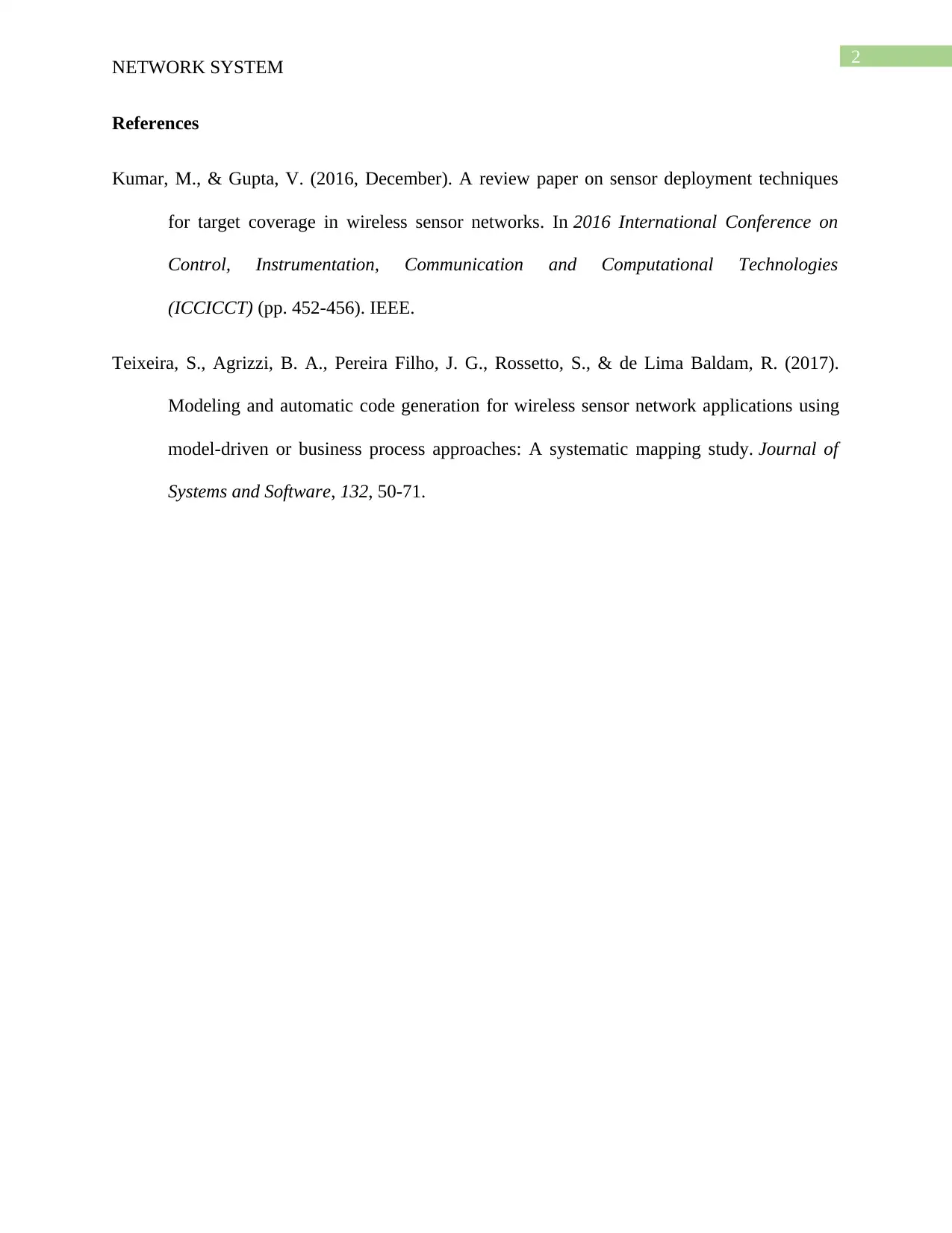Network System: Evolution, Comparison, and Analysis Report
VerifiedAdded on 2022/11/17
|3
|456
|74
Report
AI Summary
This report provides an overview of the evolution of network systems, starting with ARPANET in 1969 and progressing to the development of NSFNET in the 1980s and the internetworking process in the 1990s. It contrasts traditional hardware-based networking with Software-Defined Networking (SDN), highlighting differences in data and control planes, packet handling, and network views. The report references key research papers and emphasizes the advantages of SDN in terms of flexibility and control. The report also provides a comparison between the two network systems.
1 out of 3









![[object Object]](/_next/static/media/star-bottom.7253800d.svg)